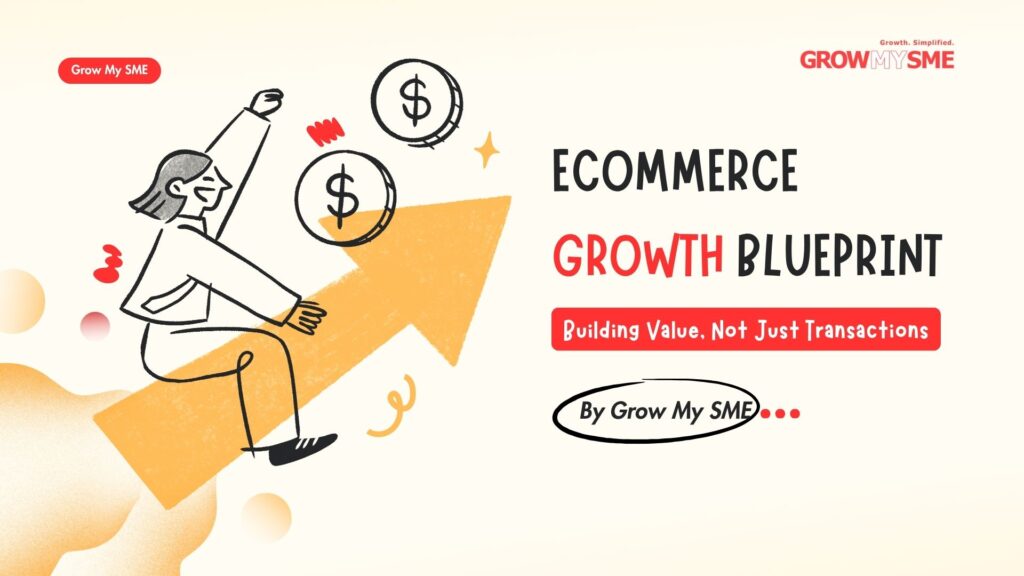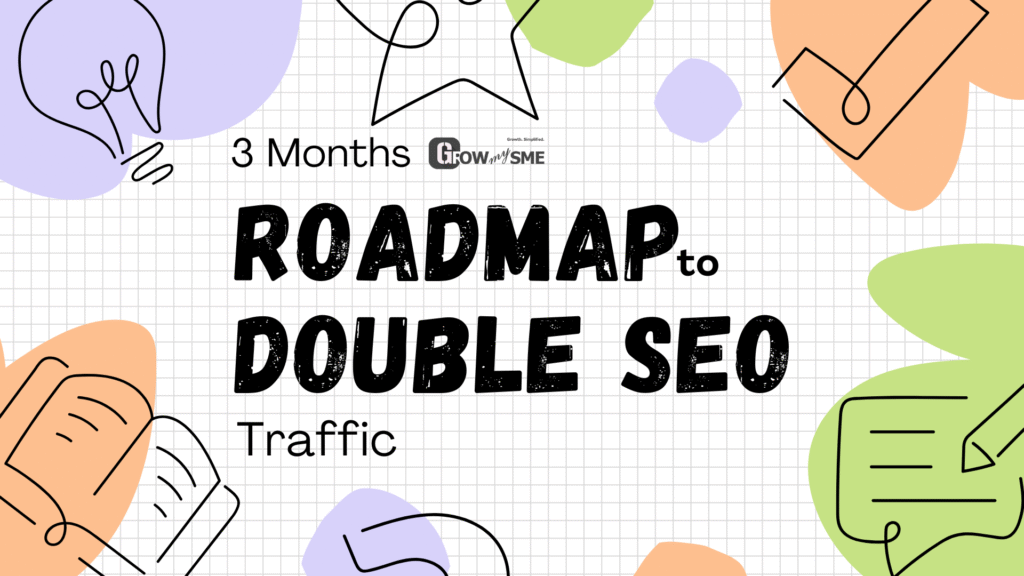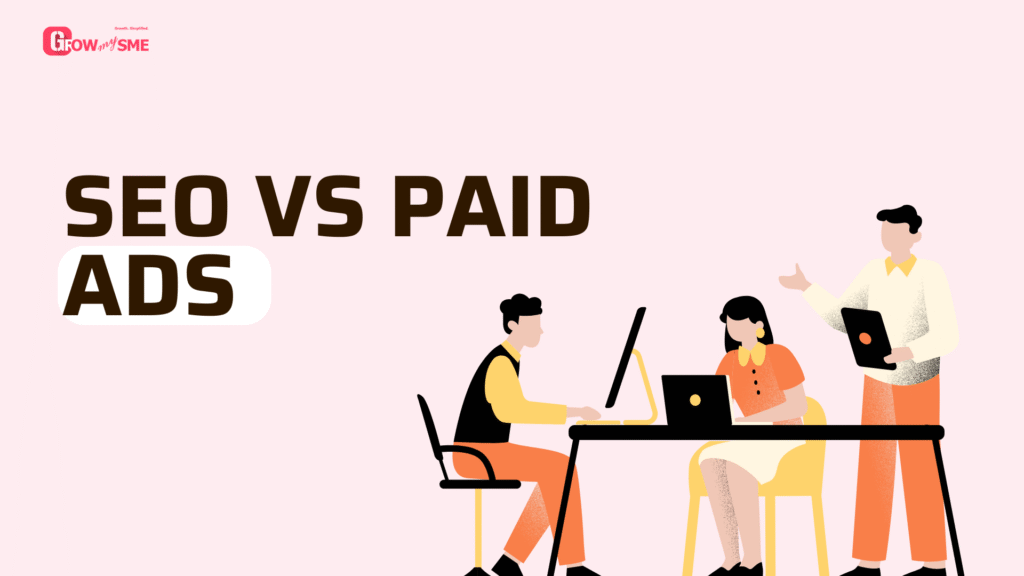Starting an eCommerce business today is exciting—but it’s also more competitive than ever. Most entrepreneurs chase traffic and ads without a roadmap. I’ve been there. My first store launched with a product, a website, and blind optimism. It flopped.
The turning point? Treating every action as a learning opportunity. Over the years, I’ve scaled multiple stores from $0 to consistent six-figure months. Here’s the blueprint I wish I had from day one.
“Your first sale is data disguised as revenue.”
First Sale Mindset: Validate Before You Invest
Your first sale isn’t revenue—it’s proof your product works.
I wasted thousands building inventory before testing demand. Instead, I now run micro-campaigns and pre-order tests. This costs less and gives real feedback.
Example: I launched a desk organizer campaign for $50 targeting “home office enthusiasts.” Initial conversions were low. I updated the copy to emphasize “save 30 minutes every day” instead of “premium organizer.” Conversions tripled.
Let me share the exact ad structure I used for validation:
- Headline: “Tired of wasting time organizing your desk?”
- Body: “Our [Product] saves 30 minutes daily—try it risk-free today.”
- CTA: “Shop Now”
According to Shopify 2025, stores that validate products before scaling have a 60% higher chance of sustainable revenue growth, which aligned perfectly with my experience.
So my takeaway is this: treat your first sale as feedback, not luck. Every small win or failure teaches you how to approach the next campaign.
Build Trust With Your Store
Design isn’t about minimalism—it’s about credibility and clarity.
I optimized pages for trust: clear headlines, product images, and social proof. The goal: answer “Can I trust this store?” in 3 seconds.
Example: Adding customer photos and detailed reviews boosted add-to-cart rates by 18% in a week.
Here’s my simple review setup that works:
- Photo of customer
- Name & location
- Short quote: “This product saved me 15 minutes every morning!”
- Rating stars
Video testimonials are also a game-changer—73% of online shoppers are more likely to purchase after watching a customer video review (Wyzowl, 2025).
So the key takeaway? Clarity, credibility, and social proof beat fancy design every time.
Ads Are Feedback, Not Just Traffic
Most people treat ads like traffic machines. I used to think the same—throw budget at Meta or Google and hope for sales. That mindset cost me hundreds before I realized ads are actually instant market research tools.
Example: I spent $500 on a campaign that looked perfect. Nothing happened. Digging into the analytics revealed a micro-segment—urban professionals aged 28–35—that converted twice as well. I shifted the budget, refined the messaging, and suddenly 50 paying customers came in within a week.
Here’s my winning ad structure that finally worked:
- Split by demographics: age, interests, geography
- Test messaging variations: pain-point vs. feature-driven
- Measure CTR and conversions, then double down on what works
According to WordStream 2025, campaigns optimized this way see 30% higher ROAS than untargeted ads.
So my key takeaway is this: ads aren’t just about traffic—they’re a learning engine. Every click and conversion teaches you how to reach your ideal customer better.
Micro-Influencer Collaborations
Big influencers are expensive and often underperform. Micro-influencers bring higher engagement and ROI.
Example: For a kitchen gadget, I partnered with 7 influencers with 5k–20k followers. The first two didn’t respond, but the 3rd shared our product on a weekend reel—15 units sold in 24 hours. ROI was 3x higher than one macro influencer.
Here’s my micro-influencer outreach template that consistently works:
“Hi [Name], love your content! I think our [Product] would resonate with your audience. Interested in a collaboration?”
Short-form video content and social commerce are essential—micro-influencers with Reels or TikTok audiences drive impulse purchases more effectively than static posts.
The takeaway? Engagement beats follower count every time, and diversifying early mitigates risk.
Conversion-Focused Product Pages
Your product page is a sales machine, not a brochure. Features alone don’t sell; benefits do.
Example: Highlighting “reduces meal prep time by 30 minutes” instead of “premium stainless steel” lifted conversions by 12%.
Here’s my product page formula:
- Headline: Pain-point solution
- 3 Benefits in bullets
- CTA: “Buy Now”
- Social proof: photos or reviews
Baymard Institute 2025 shows 68% of shoppers abandon carts due to unclear value propositions, which reinforces why small tweaks make a huge difference.
So my takeaway is: focus relentlessly on messaging and clarity. Small adjustments often outperform traffic spikes.
Automated Email Sequences
Email automation is your most profitable growth lever.
Example: Implementing abandoned cart, post-purchase, and VIP sequences boosted revenue. Moving abandoned cart emails from 1 hour to 15 minutes post-abandonment recovered 30% more carts.
Here’s my abandoned cart email template:
- Subject: “Oops! You left something behind…”
- Body: “Hey [Name], your [Product] is waiting. Complete your order in 24 hours and get 10% off.”
- CTA: “Complete My Order”
The takeaway? Every email should educate, nudge, or delight—don’t just sell. Timing and relevance are key.
Customer Feedback Loops
Listening to your first buyers is free R&D.
Example: Customers complained about packaging. I redesigned it, which reduced refunds and increased repeat purchases.
So my takeaway is: feedback shapes products, messaging, and funnels. Use it early and often.
Paid + Organic Synergy
Paid and organic channels amplify each other.
Example: A successful Meta ad became a blog post, driving organic traffic. Organic posts later became landing pages for retargeting ads.
Takeaway: insights from one channel can improve the other, compounding growth without extra spend.
Scaling With Data
Scaling too fast is dangerous. I only increase spend when metrics justify it.
Example: Ads not meeting ROAS thresholds for 2 weeks were paused. Only profitable campaigns scaled.
Key takeaway: Scaling is a discipline, not a gamble. Focus on metrics like CAC, ROAS, and LTV.
Community & Brand Building
Communities scale better than transactions.
Example: A WhatsApp group of 50 superfans shared purchases—20 new customers without ad spend.
Trend 2025: Niche communities around products create repeat buyers and organic referrals.
Takeaway: Community is growth that doesn’t cost extra, and building it early pays dividends.
Repeat Purchase Optimization
Existing customers are cheaper than new ones.
Example: Offering 10% off complementary products after purchase increased AOV by 15%.
Here’s my post-purchase upsell template:
“Thank you for your purchase! Complete your set with [Product] and get 10% off.”
Takeaway: Retention drives long-term profitability. Automate nudges to boost lifetime value.
Continuous Testing & Iteration
The eCommerce landscape changes constantly.
Example: Testing emotional vs. feature-based product titles revealed pain-point messaging outperformed features by 25%.
Takeaway: Growth comes from disciplined experimentation. Track everything, learn from failures, and double down on what works.
Trends to Watch in 2025
AI recommendations improve personalization. Short-form commerce drives impulse buys. Zero-party data enables hyper-personalization without third-party cookies.
Takeaway: Adapt trends, but always test before full-scale implementation.
Final Thoughts
Scaling eCommerce in 2025 isn’t magic—it’s iterative, data-driven, and human-centered.
From first sale to scale, the blueprint is: validate, build trust, learn from data, systematize, build community, iterate relentlessly.
“Growth is a discipline of experimentation, optimization, and human-centered strategy.”Follow this blueprint, and even a small store can grow into a repeatable, high-revenue business without relying on luck.



